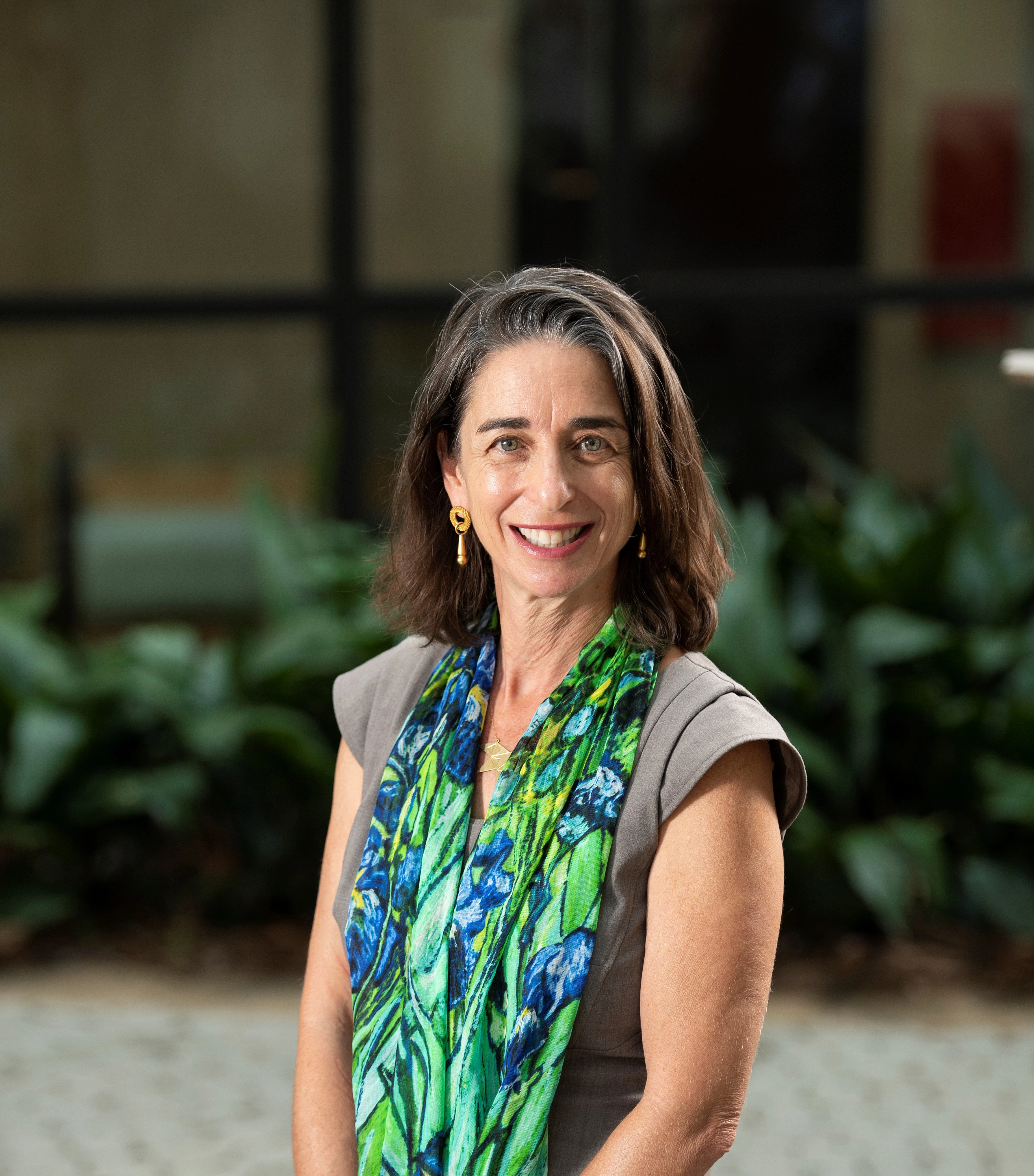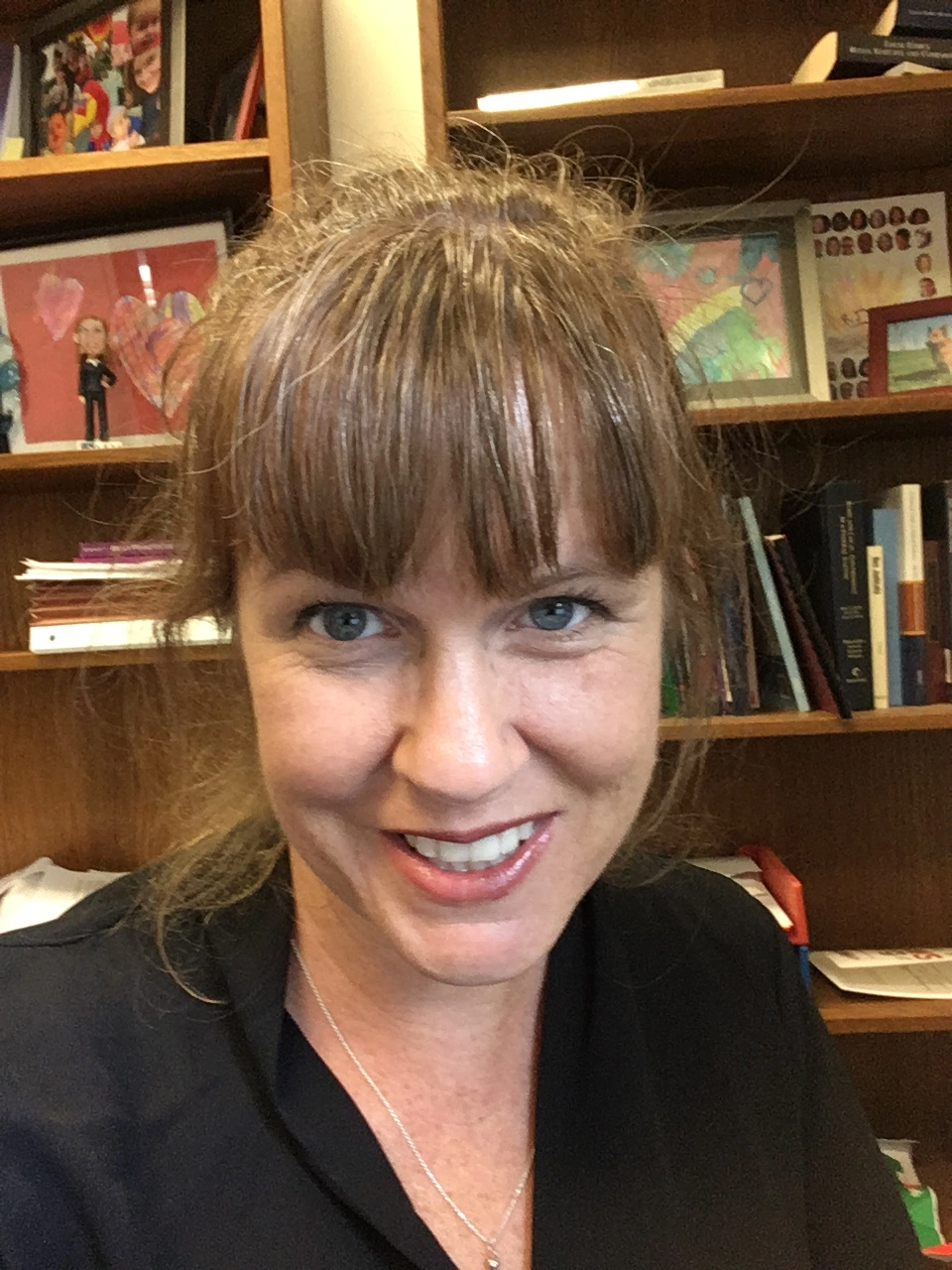A possible head start for law students
Karen Sloan
The National Law Journal
12-03-2012
A luncheon for third-year law students during spring 2011 got law professor Gabriel Chin thinking. The gathering at the University of Arizona James E. Rogers College of Law should have been full of excitement and promise for those about to embark on new legal careers, he thought. The reality was a bit different.
“It really was kind of anti-climactic,” Chin said. “Instead of being the beginning of a new thing, they still had to take the bar. Medical students take their boards while in school, so graduation is a major transformative moment. I thought, ‘Something like that could work in the law school context.’ ”
Chin’s epiphany led to a proposal backed by all three Arizona law schools to allow 3Ls to sit for the bar during the February before they graduate, rather than making them wait until after graduation. The Arizona Supreme Court is slated to consider the proposal on December 5. If the court approves, Arizona would be the only state that allows students to take the bar exam midway through their final school year.
The idea is to move students into practice as quickly as possible, said Arizona law dean Marc Miller. Waiting means more debt for graduates and eliminates them from consideration for jobs that require bar admission. “This will essentially reduce the cost of a legal education by five months,” Miller said. “It’s a direct response to changes not only in the hiring markets but the rising cost of tuition.” Beyond that, the proposal presented an opportunity to experiment with the third-year curriculum, much maligned for its lack of practical training, he said.
Miller and associate dean Sally Rider met with Arizona Chief Justice Rebecca White Berch to talk over the concept not long after Chin, who has since moved to the University of California, Davis School of Law, proposed it. Berch was encouraging but cautioned that any proposal would need the support of the state’s other two law schools. Miller’s next phone call was to Doug Sylvester, dean at Arizona State University Sandra Day O’Connor College of Law.
ECONOMIC BENEFITS
“I immediately thought this was a great idea,” Sylvester said. “I knew we would have to think long and hard about how we would admit students [to an early bar program]. For me, the economic benefit for students is great. Anything we can do in a soft market to get more people jobs quickly is something we want to pursue.”
He noted that the Phoenix legal market lacks many of the large law firms that hire students a full year before they graduate; rather, it comprises small and midsize firms that only hire admitted lawyers.
By January, the two public law schools and the Phoenix School of Law had submitted an initial proposal to the Arizona Supreme Court. Students would be allowed to sit for the February bar exam as long as they were due to graduate within 120 days of that date and had been certified by their respective law school as prepared for the test’s rigors. The students would not undertake a traditional course load in January or February; instead, they would take a bar preparation course. The remainder of their time in school would consist of nontraditional courses designed to help them enter practice, including clinics, externships or classes covering law office management or professionalism.
The concept has support from students. The University of Arizona’s Law Student Bar Association wrote to the Supreme Court urging adoption. “We also like the ability to start practice immediately after graduation, rather than having to wait until late in the year to be able to practice or start looking for work,” they wrote.
Erica Moeser, president of the National Conference of Bar Examiners, had endorsed the concept as early as 2009, arguing that students who fail the February exam during their third year would be able to retake it in July, following graduation. She also welcomed the chance to overhaul 3L curricula and ease student debt loads amid a tough job climate.
Not everyone in Arizona was sold on the idea, however. The state Supreme Court’s Attorney Regulation Advisory Committee in May asked the court to reject the proposal, citing concerns that students would be overwhelmed trying to complete school and pass the bar exam at the same time. The committee noted that other states, including Missouri, Oregon and Virginia, had tried and abandoned the idea because they found it “disruptive and distracting.” Georgia, for example, began allowing 3Ls to take the February bar during the 1970s, but ended the practice in 1995 after concluding that students were spending more time studying for the test than attending classes.
“My fear is that it will negatively impact the third year of the educational experience and essentially turn the third year into a bar prep course,” said Arizona assistant secretary of state Jim Drake, who sits on the committee. “I don’t think that’s the right way to go. I see this more as a marketing idea.” Getting students admitted to the bar sooner can only help the law schools’ rate of placing graduates in legal jobs, and thus their U.S. News & World Report rankings, he added.
Both Miller and Sylvester discounted Georgia’s experience. For one thing, law schools there did not modify their curricula to help students balance exam prep and class work. Moreover, the economic circumstances are vastly different. “At that point in time, applications to law school were going up; demand was going up,” Miller said. “Law schools were in a golden era — they could get tuition dollars and outside support. They could hire faculty and give scholarships. This is a wildly different era both for legal education and legal practice, and we think we’re responding to this era, now.”
The Arizona Supreme Court put off the proposal in August and submitted 10 questions to the law schools, seeking clarification about how they would identify eligible students and manage the program. The schools clarified that students would have to have completed 90 percent of their required credits; would be restricted to two semester hours of course work in January and February as they prepare for the exam; and could only have eight semester credits left to complete following the exam. (Typical course loads range between 14 and 17 credits, administrators said, although 3Ls often take fewer hours during their final semesters.) The students consequently would have to squeeze larger course loads into their 2L years.
DOUBTS ASSUAGED
The revised proposal was enough to assuage the advisory committee’s doubts — in November, it endorsed the concept in a 4-3 vote, although Drake said he and three other opponents were unable to attend the meeting.
Even if the court signs off on the proposal, not all students will want to take the bar exam early. The University of Arizona recently polled 2Ls and found that 44 students — 32 percent of the class — would sit for the bar exam in February if that were possible. Administrators at Arizona State likewise anticipate a relatively small percentage of students would opt in.
The fact that Arizona earlier this year became one of seven Uniform Bar Exam (UBE) states creates an interesting angle to the discussion. In theory, 3Ls seeking admission to any UBE state could take the February bar in Arizona, assuming they meet the coursework criteria, and be admitted as soon as they graduate. However, different states have different admissions rules, and not all UBE states would necessarily recognize a bar exam taken before graduation, Miller said.
If Arizona does begin allowing 3Ls to take the exam early — potentially as early as the February 2014 sitting — Chin expects other states to take notice. “I haven’t met anybody who thinks students aren’t ready to take the bar after five semesters,” he said. “Given that, why do we make students incur this additional expense? I think there will be a lot of interest from other states looking to follow suit.”
Karen Sloan can be contacted at ksloan@alm.com.
Filed under: Uncategorized |










This may be a good idea if students do not take doctrinal courses (or anything else that requires concentration) in their final semester, as Arizona proposes. But as one who taught a third-year course in Georgia in the mid-80’s, I can attest to the disruption caused by students cramming for the February bar exam and then slacking off because the die had been cast. It was the law schools themselves who lobbied for elimination of the plan.
This is very interesting history! thanks for posting it. I prefer proposals in which we give a mini-bar after the first year or early in second year for student swho need ot wait unitl then to figure out whether they really learned the core concepts proposed for first year. I think that helps with sequential building blocks of learning through all 3 years.
i support
The medical model has something similar and I support the idea in general. The problem is, if we are concerned that the bar exam is not a reasonable test of what it takes to be a lawyer, whether a similar test at an earlier stage would be any more helpful? Has anyone done any empirical work on the competence of lawyers admitted to practice in Wisconsin without taking the bar?